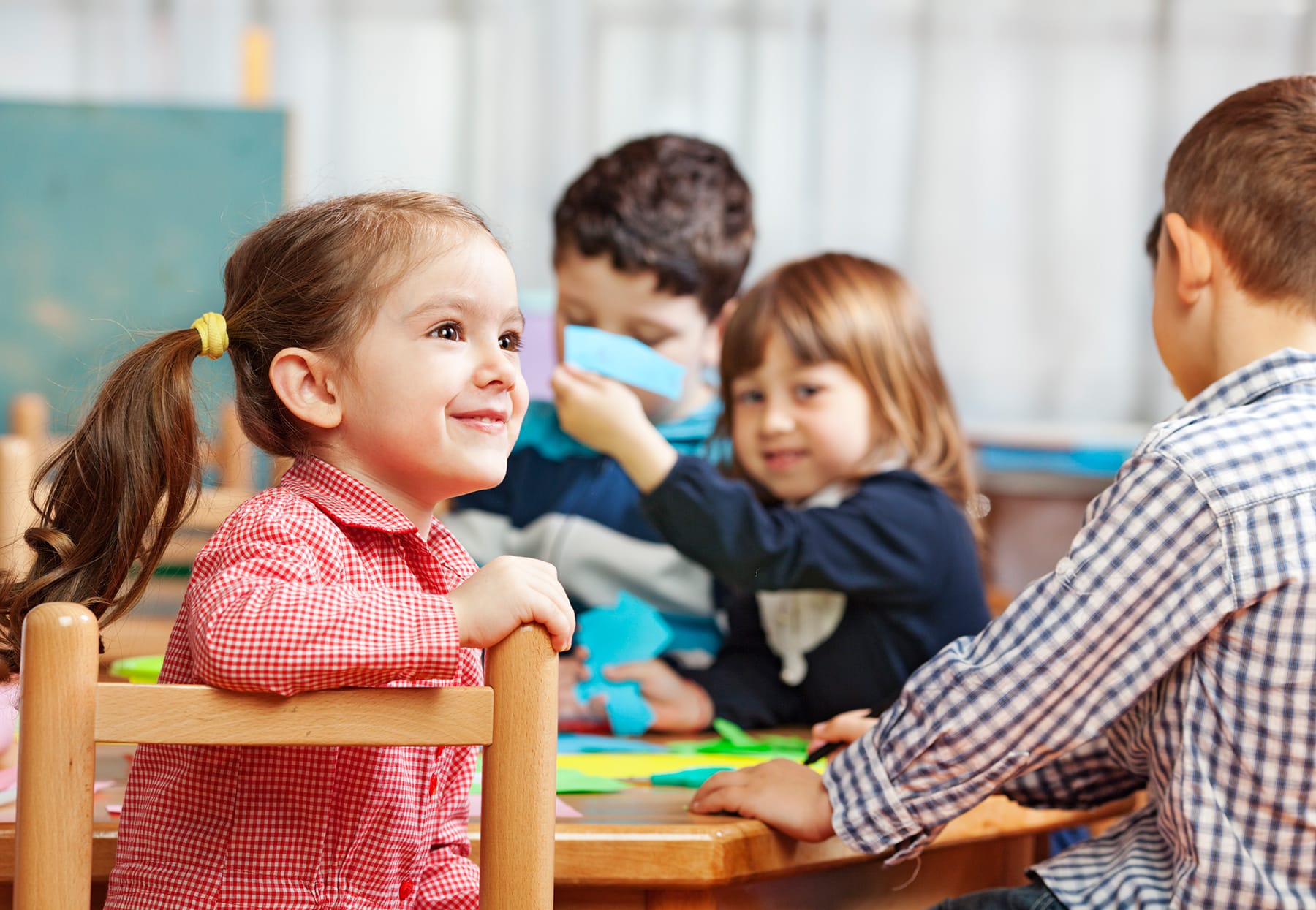Conversation Skills for Your Child with Hearing Loss

Starting school is a rite of passage for all children, and it’s often the first time where they will spend a large portion of their day away from their parents. How successful they are in this transition depends on a range of factors, especially if your child has a hearing loss.
Why? It’s because so much of learning about how to engage with others socially depends on observing and overhearing others in conversation. If your child has a hearing loss, it’s possible that he or she may miss out on hearing some of these for reasons that are not his or her fault: being in a place with lots of background noise, being on the other side of the room from an important conversation, not seeing someone’s important non-verbal cues, all of these can cause a child with a hearing loss to have significantly fewer opportunities to build their social skills in the same way as a child with normal hearing.
You Can Help Your Child
If your child might be missing out on observing and overhearing others in conversation, then you can help them develop their social skills by focusing on and teaching your child how to interact in different scenarios.
Here are some suggestions for how to help your child in his or her first years of school:
Greetings
It sounds simple, but teaching your child the right way to greet others gets them started with a valuable social skill. You can teach them through example: draw their attention to how you behave when greeting people. For example, before a friend comes over you might say to your child “Thomas will be home from school soon, so let’s say hello to him and ask how his day was”. That way your child knows what is socially acceptable and then can see how Thomas responds.
Go even further by encouraging your child to participate and respond to greetings on their own. When they come home just ask your child “How are you?” Then he or she will have to hear and understand what you’ve said as well as consider their own feelings to make an answer.
Functional Phrases
In a similar vein, you can “pre-load” your child with a bank of functional phrases. These could be like “I need some help”, “Can I play with you”, “I don’t want to do xxx”, “Thank you”, “Can you say that again”, “I need to go to the toilet”, “Do you want to play”, and “My name is xxx”. By teaching these to your child he or she can come to school already prepared to respond instead of having to think up new phrases for each new situation.
Sharing and Turn Taking
Taking turns is important both when playing games and having conversation. For your child, that means he or she should understand how to respond to questions, how to ask questions, and how to listen to others in the conversation.
You can start teaching about turn taking by playing games. When someone’s turn is over, say directly to your child something like “It’s Elizabeth’s turn now, so you need to wait until she is finished and then you can have your next turn”.
Emotions
For your child to be able to express his or her feelings to someone else, he or she first needs to be able to understand and describe these emotions.
Teaching your child specific vocabulary can help them to better describe their feelings. Since he or she might not have much experience hearing others talk about their feelings, you can start describing and talking about emotions through role-playing scenarios by playing games or using your child’s favorite dolls or toys. By playing with different toys, you can create scenarios to give your child the opportunity to hear different conversations and responses that he or she might not otherwise be a part of.
Another way to teach your child about emotions is helping them to identify facial expressions and body language. If he or she doesn’t hear parts of a conversation where other children speak about their emotions, then he or she might not know how to properly react to one or another of the children. So what you can do is give your child the ability to understand non-verbal cues. You can start to do this by reading books: identify the different emotions that some characters might be feeling, recognizing their facial expressions and body language, understanding the reasons for their emotions, and figuring out possible solutions or ways to communicate. For example, you could say to your child: “Sarah can’t find her school bag. I think she looks like she’s feeling worried. What do you think she could do? Maybe you could tell her teacher that she is worried because she can’t find her school bag, so your teacher could help Sarah to find it.”
Social Vocabulary
There are lots of words with simple definitions, but whose meanings your child might not initially understand, that have big impacts on social interactions. So, to help your child navigate through these interactions you can help him or her learn the meaning specific words. Teach the meaning and significance of words like “friend”, “taking turns”, “questions”, and “listen!” so that they can keep on top of the undertones in words and conversations.
Conversation
All of the tips above are building up towards one thing: having conversations and interacting socially. With tips like these your child should be well-equipped to begin school and develop relationships with his or her peers.
This post was written with help from Ingrid Steyns, a rehabilitation specialist at MED-EL.
Thanks for your message. We will reply as soon as possible.
Send us a message
Field is required
John Doe
Field is required
name@mail.com
Field is required
What do you think?


